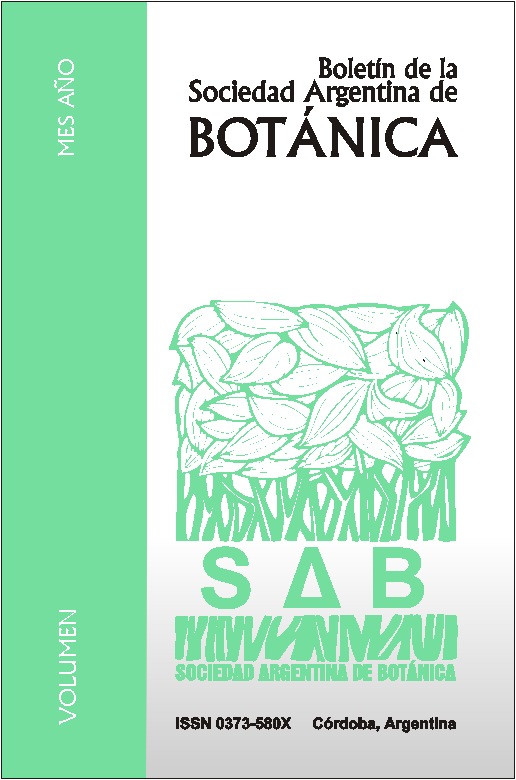Fusarium poae and mycotoxins: potential risk for consumers
DOI:
https://doi.org/10.31055/1851.2372.v49.n1.7786Keywords:
Fusarium poae, methods, mycotoxins, effects.Abstract
Fusarium head blight is an important disease affecting cereal grains. Fusarium graminearum is the major causal agent of this disease around the world, but some researchers have documented the increased importance of F. poae. Moreover, F. poae presence may be accompanied of its mycotoxins production, being able to produce trichothecenes of type A diacetoxyscirpenol, monoacetoxyscirpenol, scirpentriol, HT-2 toxin, T-2 toxin and neosolaniol, as well as the type B nivalenol and fusarenone-X. Outside the trichotecenes group, F. poae has been reported to produce enniatins, beauvericin and moniliformin. Due to F. poae may be present in cereal grains used for food and processed products, the aims of this review is to recognize the importance of the hazard effects of the F. poae mycotoxins on animal and human consumers by a short description of the methods that allow determining the mycotoxin presence and analyse the different effects caused by the mycotoxin exposure.Downloads
Downloads
How to Cite
Issue
Section
License
Provides immediate and free OPEN ACCESS to its content under the principle of making research freely available to the public, which fosters a greater exchange of global knowledge, allowing authors to maintain their copyright without restrictions.
Material published in Bol. Soc. Argent. Bot. is distributed under a Creative Commons Attribution-NonCommercial-ShareAlike 4.0 International license.









